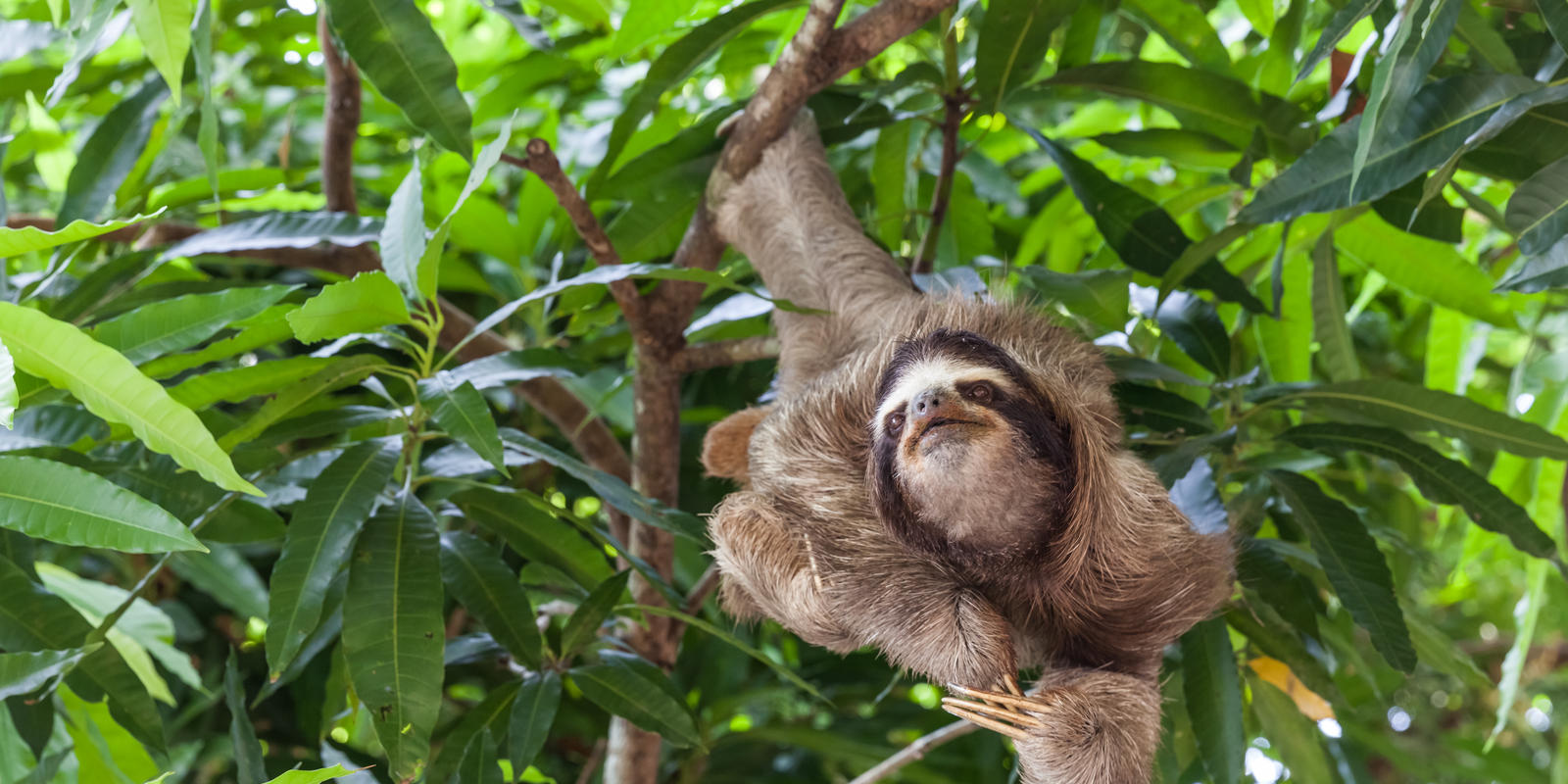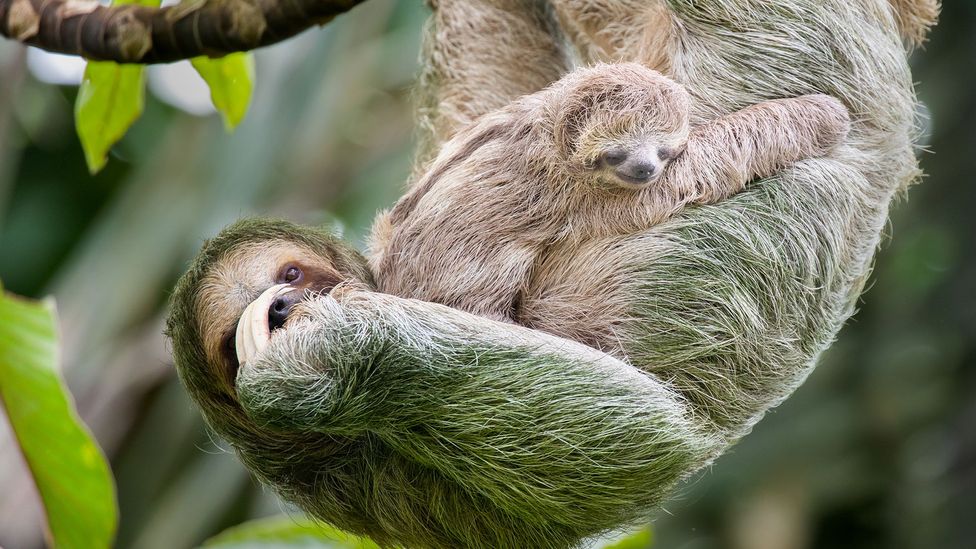Why Sloths Are Cool

So, in honor of Sloth Week (as if we need a reason), let’s take a look at some of the MANY reasons we just can’t resist ’em. Ah, yesLet’s consider the many ways sloths are simply the. In trees the sloth’s greenish color and its sluggish habits provide an effective camouflage; hanging quietly, the sloth resembles a bundle of leaves. The three-toed sloth, unlike most other mammals, does not fully maintain a constant body temperature, and this limits it to warm environments. Sloths mate and give birth while hanging in the trees. Kristen Bell loves them. So they must be good, because she’s awesome. Last year she revealed that. This means that the sloths currently being held in captivity in the US cannot physically produce enough babies to meet the ever-increasing demand from people wanting pet sloths. So every year, hundreds of sloths are removed from the wild and shipped to the US from countries such as Venezuela and Ecuador where export laws are slack. The sloth sanctuary has the best room names ever because they're named after sloths and any room named after a sloth is a pretty cool room, especially if the sloth's name is Johnny Depp.
The sloth is the world's slowest mammal, so sedentary that algae grows on its furry coat.

Amazing Facts About the Three Toed Sloth
- Sloths are identified by the number of long, prominent claws that they have on each front foot. There are both two-toed and three-toed sloths.
- There are four living species of three-toed sloths; these are the brown-throated sloth, the maned sloth, the pale-throated sloth, and the pygmy three-toed sloth which was only recognised as a distinct species in 2001.
- The pygmy three-toed sloth can only be found on Isla Escudo de Veraguas which has been separated from mainland Panama for 9,000 years. The major threat to the pygmy three-toed sloth is habitat destruction which is reducing the size of its already small habitat.
- Being the world’s slowest mammal, the sloth travels at a top speed of 0.24 kilometres per hour (0.15 mph). They are so sedentary that algae grows on their furry coat.
- Sloths make a good habitat for other organisms, and a single sloth may be home to moths, beetles, cockroaches and fungi aswell as algae.
- The three-toed sloth is arboreal (tree-dwelling), with a body adapted to hang by its limbs; the large curved claws help the sloth to keep a strong grip on tree branches. It lives high in the canopy but descends once a week to defecate on the forest floor.
- Sloths sleep in trees – some 15 to 20 hours every day. Even when awake they often remain motionless.
- At night they eat leaves, shoots and fruit from the trees and get almost all of their water from juicy plants.
- Dead sloths have been known to retain their grip and remain suspended from a branch
- Sloths will move between different trees up to four times a day, although they prefer to keep to a particular type of tree, which varies between individuals, perhaps as a means of allowing multiple sloths to occupy overlapping home ranges without competing with each other.
- Although they are quite slow in trees, three-toed sloths are agile swimmers.
Why Sloths Are Cool
- On land, sloths’ weak hind legs are not very powerful and their long claws are a hindrance. They cannot walk on all four limbs so they must use their front arms and claws to drag themselves across the rain forest floor.
- If caught on land, these animals have no chance to evade predators such as big cats and must try to defend themselves by clawing and biting.
- In trees the sloth’s greenish color and its sluggish habits provide an effective camouflage; hanging quietly, the sloth resembles a bundle of leaves.
- The three-toed sloth, unlike most other mammals, does not fully maintain a constant body temperature, and this limits it to warm environments.
- Sloths mate and give birth while hanging in the trees. Females give birth to a single young after a gestation period of around six months.
- Three-toed sloth babies are often seen clinging to their mothers — they travel by hanging on to them for the first nine months of their lives.
- Once sloth babies are weaned, the mother leaves her home territory to her offspring and moves elsewhere.
- Adults are solitary, and mark their territories using anal scent glands and dung middens.
- Sloths have extra neck vertebrae that allows them to turn their heads some 270 degrees.
- Extinct sloth species include many ground sloths, some of which were as big as elephants.
Photo: www.animalstown.com
Find more animals like this

Why Sloths Are Cool Whip
Quick Facts
Why Sloths Are Cool Facts
- Type: Mammal
- Diet: Herbivore
- Lifespan: 25-30 years
- Size: 56-60cm
- Habitat: Tree dwelling in rain forest
- Range: South and Central America
- Scientific name: Bradypus